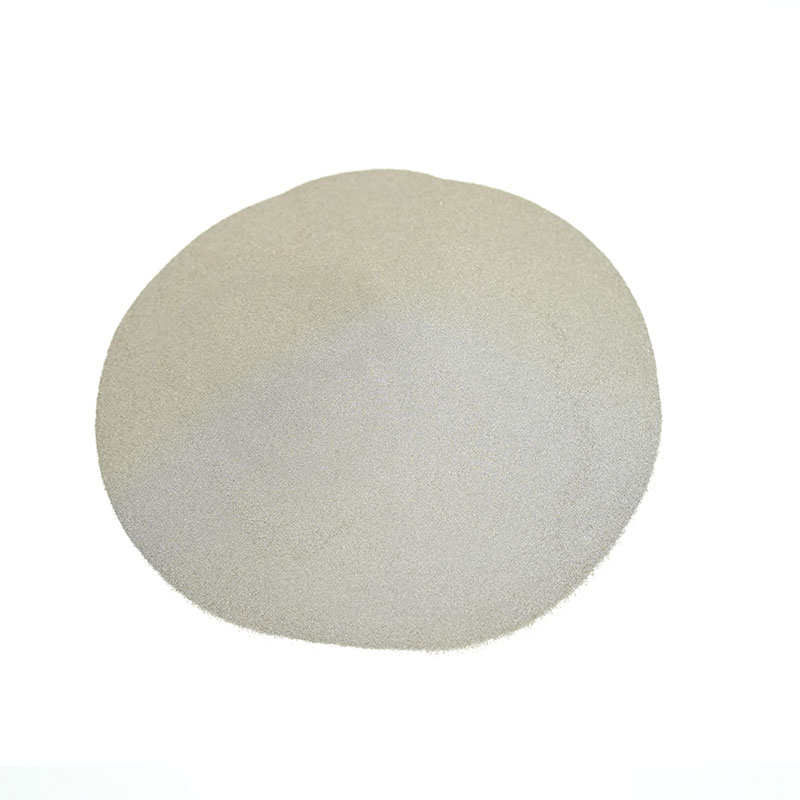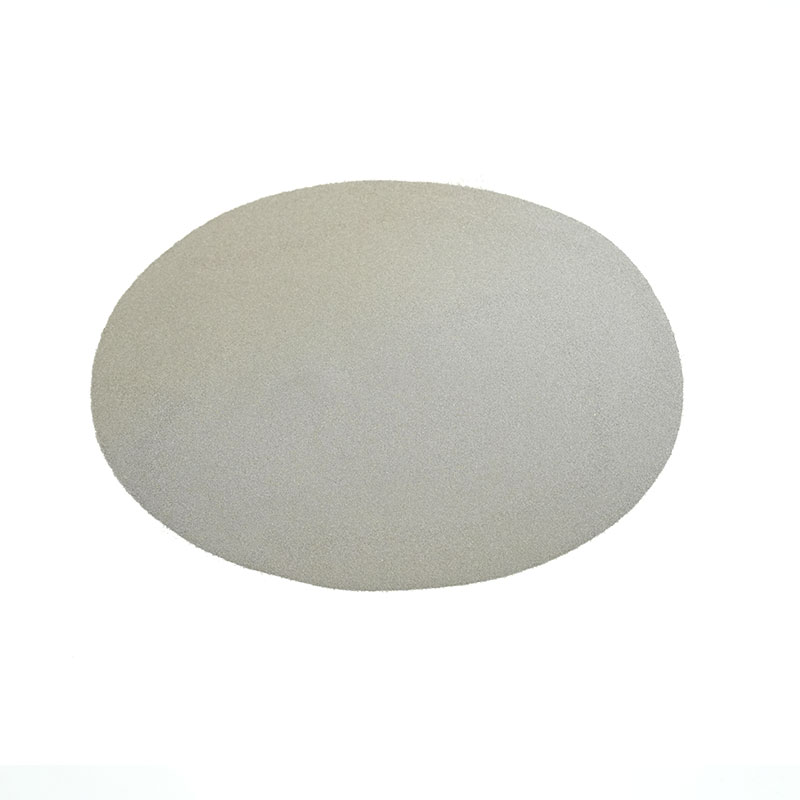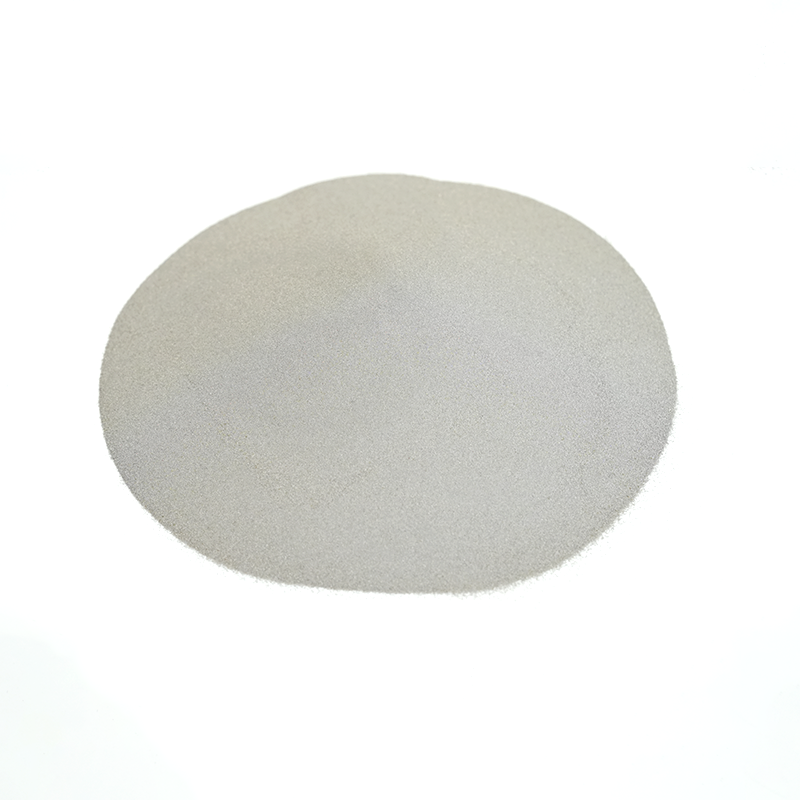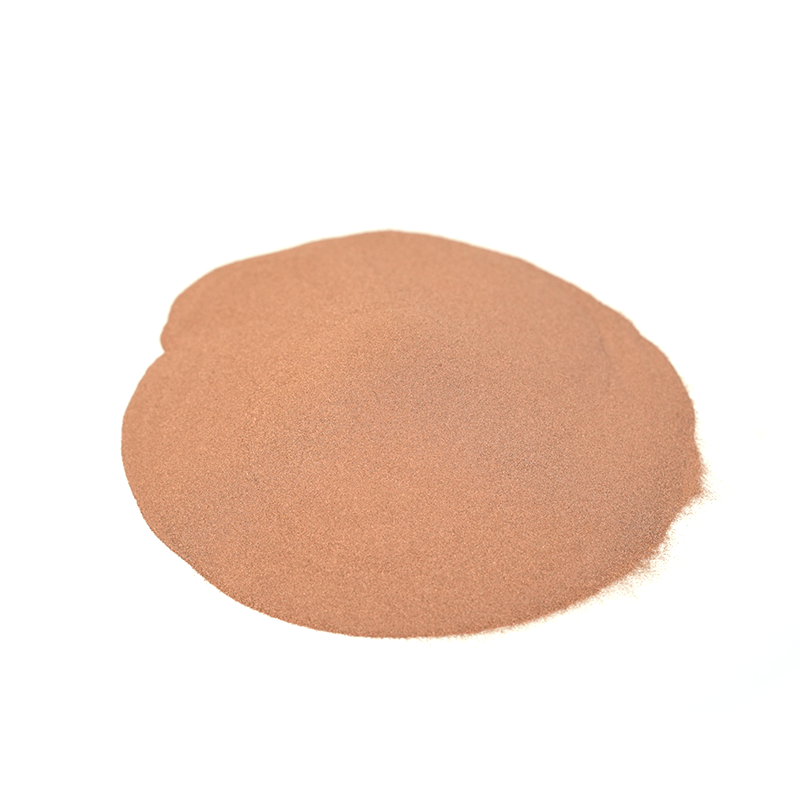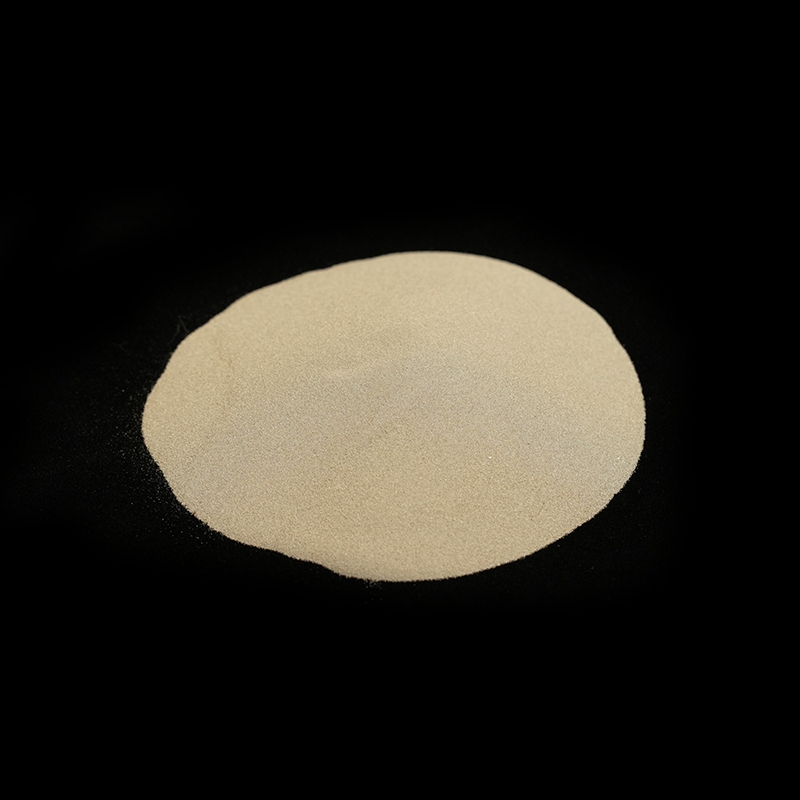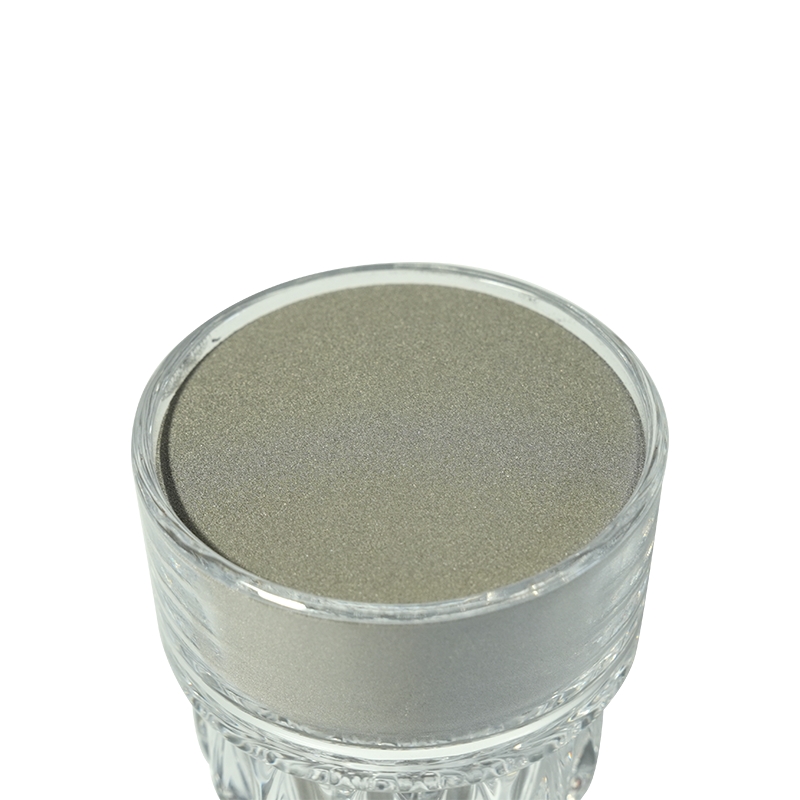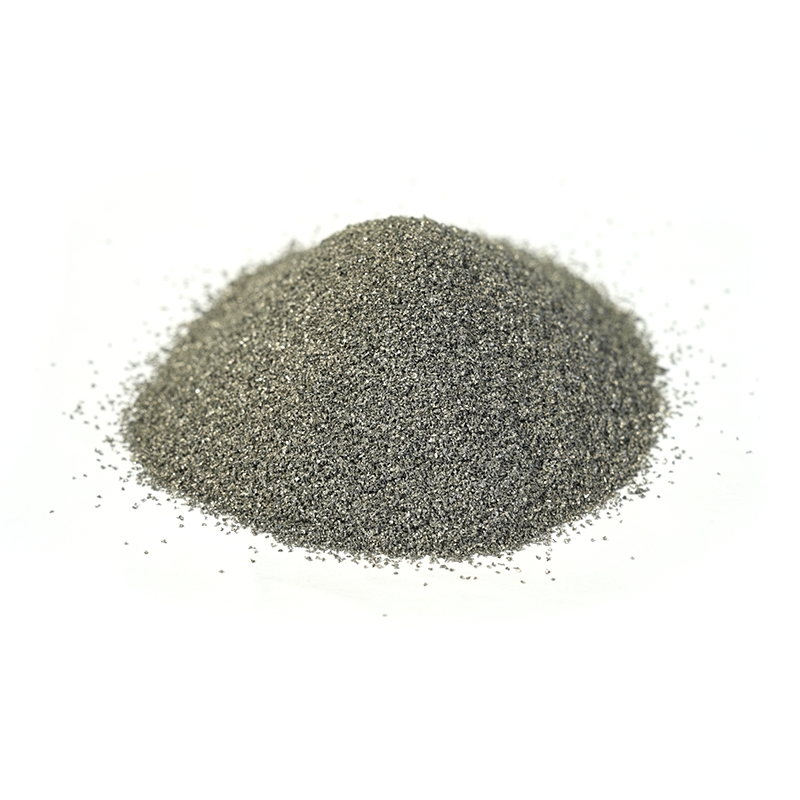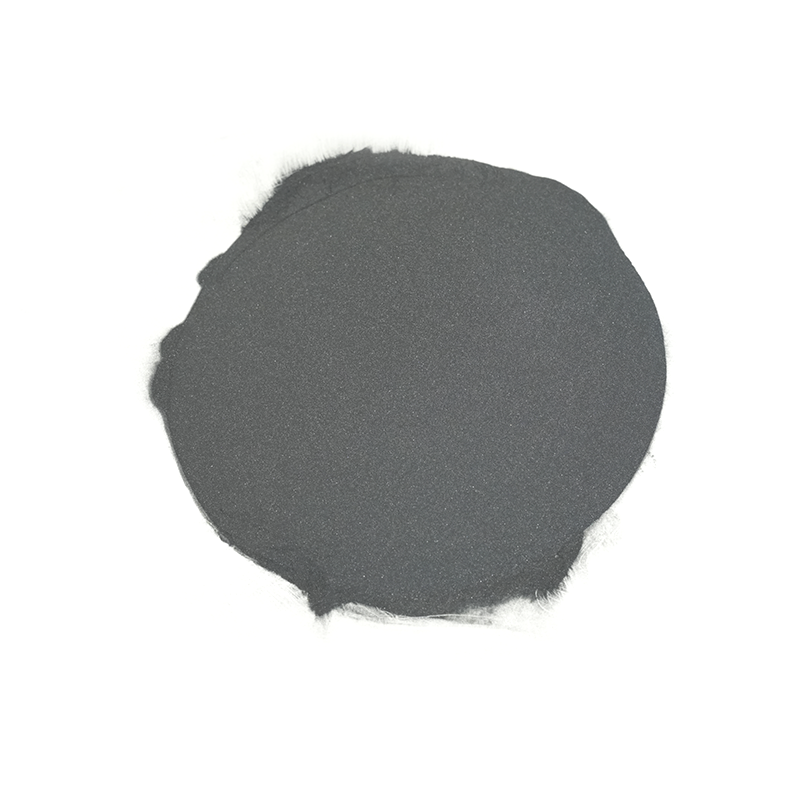In the production of Alloy Powder coatings, efficiency, cost and quality control are key factors, which directly affect the application effect, production cost and market competitiveness of the coating. The following is a detailed discussion of these three aspects:
The production efficiency of alloy powder coatings is mainly affected by the following factors:
The use of advanced spraying technology (such as electrostatic spraying, thermal spraying, fluidized bed coating, etc.) can significantly improve production efficiency. For example, electrostatic spraying can quickly and evenly attach powder to the surface of the substrate, reducing time waste during the coating process, and can operate continuously, which is suitable for mass production.
The application of automated spraying equipment can significantly improve production efficiency, especially in large-scale production. The combination of automated spraying and curing can greatly reduce manual operations, save time and cost.
The speed, nozzle design, air pressure control and other factors of the spraying equipment will affect production efficiency. Appropriate equipment settings and parameter adjustments can help increase coating speed and ensure uniformity.
Reasonable control of curing time and temperature can increase the throughput of the production line and reduce waiting time during the coating process, thereby improving overall production efficiency.
The cost of alloy powder coating is composed of multiple factors, mainly including raw material cost, equipment cost, labor cost and energy consumption. The following are several effective cost control methods:
The utilization rate of alloy powder directly affects the cost. Reasonable control of the amount of powder used in the spraying process and reducing waste can effectively reduce material costs. For example, electrostatic spraying technology can better attach powder to the surface of the substrate through charge adsorption, reducing the powder that fails to attach during the spraying process.

By increasing the degree of automation of the production line, reducing manual intervention and production cycle, labor costs can be reduced. Automated spraying equipment can complete coating work quickly and accurately, suitable for mass production, saving production time and labor costs.
Energy consumption in the curing process accounts for a large proportion. Therefore, choosing efficient heating and curing equipment, optimizing the curing process, and controlling energy consumption are effective ways to reduce production costs. For example, by using energy-saving ovens and heating systems, ensure that the temperature and time of the curing process are optimized.
The cost of different alloy powders varies greatly. Choosing the right type of powder and choosing a powder that balances performance and price according to actual application requirements can help reduce the overall coating cost.
The quality of alloy powder coating is directly related to the performance and service life of the coating. Therefore, fine quality control is essential. Quality control can be carried out in the following aspects:
Strict quality inspection of powder raw materials to ensure that their chemical composition, particle size distribution, fluidity, etc. meet the specified standards to avoid raw material quality problems affecting the coating effect.
Surface treatment of the substrate is crucial to the adhesion of the coating. Therefore, the control of the surface treatment process, including sandblasting, phosphating, chemical treatment, etc., can effectively ensure the adhesion and uniformity of the coating.
Spraying parameters during the spraying process, such as spraying speed, pressure, powder flow, etc., should be strictly controlled. Use appropriate spraying technology and equipment to avoid defects such as uneven coating, bubbles, cracks, etc.
By testing the thickness, uniformity, surface smoothness and other indicators of the coating, ensure that the coating meets the design requirements. Commonly used detection methods include coating thickness gauges, visual inspections, scratch tests, etc.
The temperature, time, atmosphere and other factors in the curing process have an important impact on the quality of the coating. Through temperature controllers and time monitoring equipment, ensure the precise control of the curing process to avoid over- or under-curing.
The properties of the coating, such as adhesion, wear resistance, and corrosion resistance, need to be tested and verified. Common performance testing methods include tensile testing, corrosion resistance testing, wear resistance testing, etc. Through these tests, the long-term stability of the coating in practical applications can be ensured.
In the production of alloy powder coatings, production efficiency, cost control and quality control are interrelated. Only by ensuring efficient production, reasonably controlling costs and ensuring quality can we maintain competitiveness in the market. By optimizing the coating process, improving the degree of automation, fine management and continuously improving the technical level, manufacturers can reduce production costs and improve production efficiency while meeting performance requirements, and ultimately achieve higher quality alloy powder coating products.


 English
English русский
русский عربى
عربى
